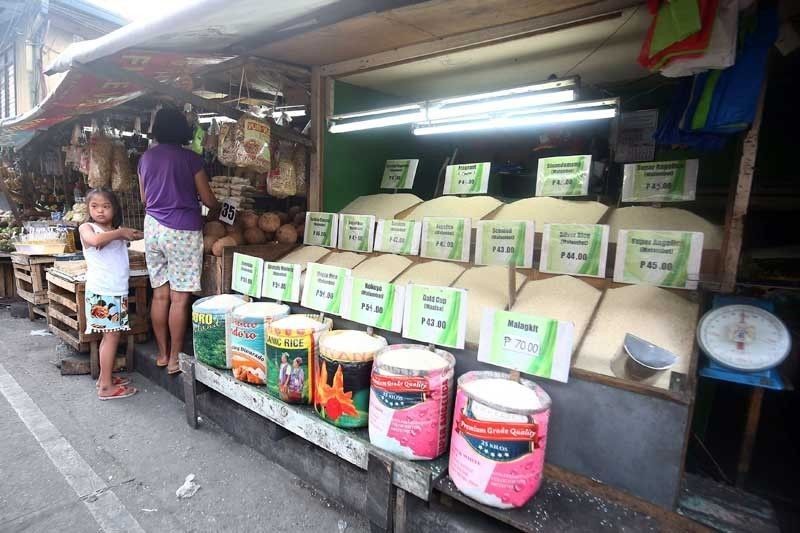Higher rice imports loom as local harvest dwindles

MANILA, Philippines — The Philippines is seen hiking its rice imports to as much as 3.3 million metric tons as local production is expected to decline.
The latest report of the United States Department of Agriculture-Foreign Agricultural Service said Philippine rice imports will increase by as much as 14 percent even if the government has used stricter enforcement of sanitary and phytosanitary import clearances.
“This is due to an expected decline in local production and political sensitivities to inflationary rice prices. Some farmers are likely to shift to other crops, whereas others continue the trend of converting lands to other commercial purposes,” the USDA said.
“This is also to replenish stocks and help ensure inflation remains within manageable levels. Rice is a politically sensitive commodity. As seen in late 2018, high rice prices can contribute significantly to the overall cost of living, particularly for the lower income population that spends a larger share of its income on food,” it added.
A year into tariffication, the USDA said rice farmers are still struggling to compete with affordable imports from Southeast Asia.
“The interventions from the P10 billion Rice Competitiveness Enhancement Fund provided by RTL to make the local industry more competitive are likely to take more time than anticipated,” it said.
This year, the country is seen importing some 3.3 million metric tons of rice, 13.7 percent higher than last year.
Paddy rice output is forecast at 17.8 million MT, down two percent due to the shifting away from rice to other crops.
Rice area is also expected to decline by 4.3 percent as some farmers decide to diversify their crops or convert lands to non-agricultural uses.
“The interventions established by RTL and RCEF are likely to take longer than expected to take effect, as they are addressing longstanding and structural factors affecting Philippine competitiveness,” the USDA said.
The USDA noted that continued economic growth has propelled a growing middle class and shifts in food consumption patterns toward more wheat-based foods and protein.
This is evident through the rapidly expanding food retail and fastfood sectors.
“Rice consumption has been flat in recent years, although demand is expected to increase modestly in two to three years as the effects of the RTL become more apparent,” the USDA said.
- Latest
- Trending































